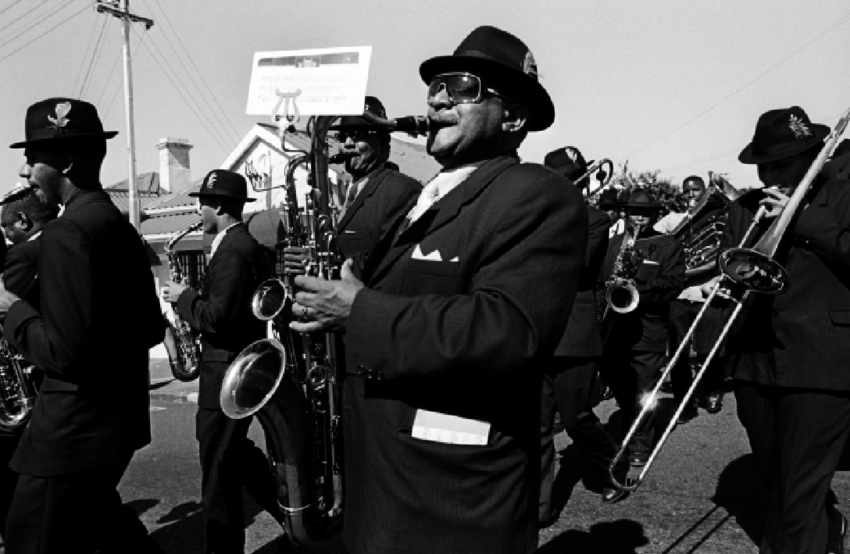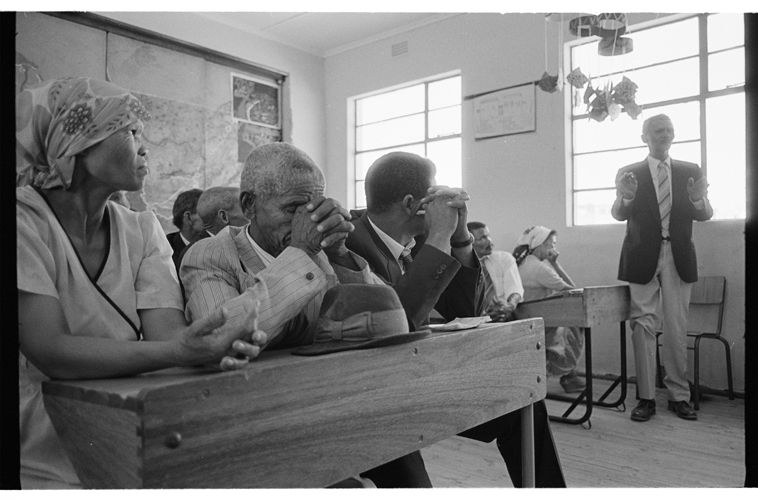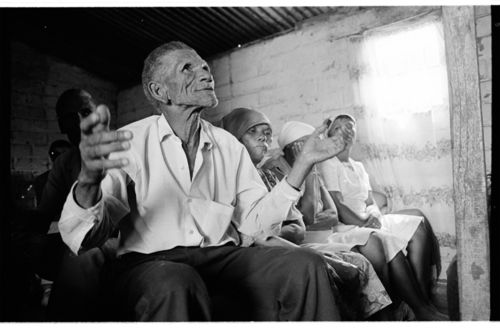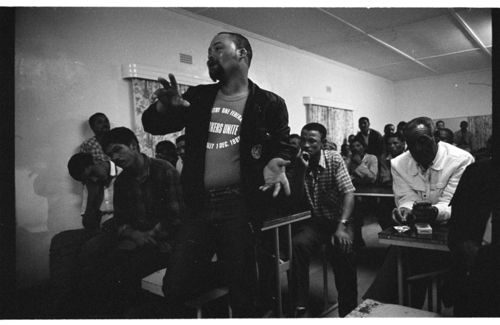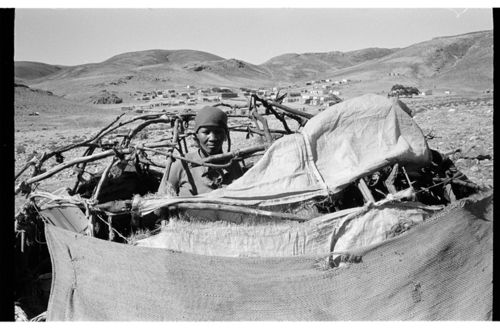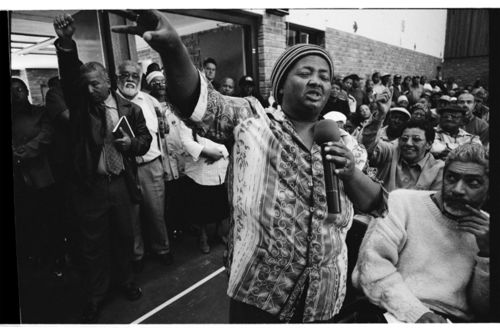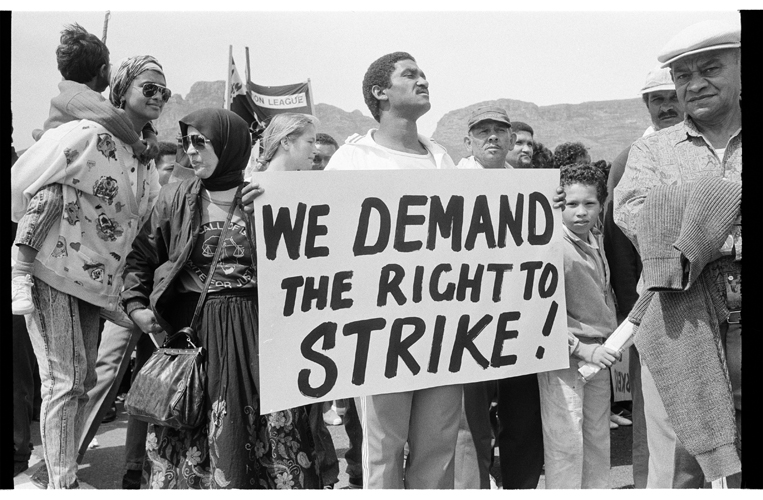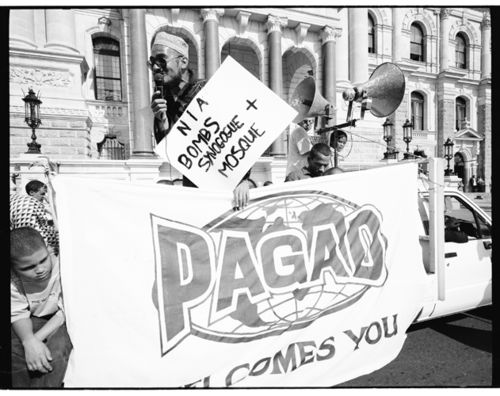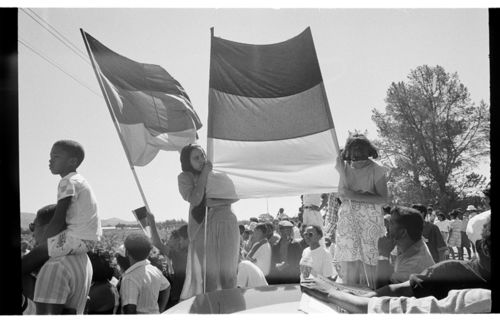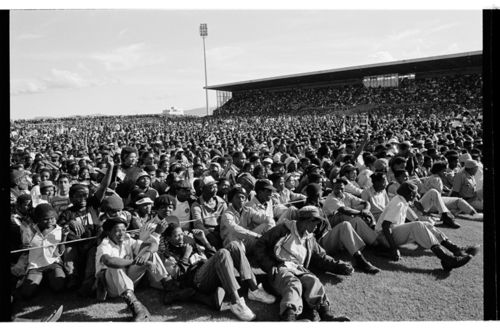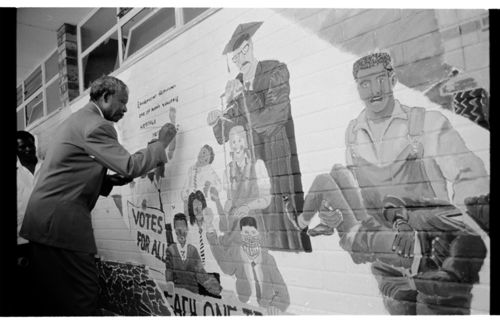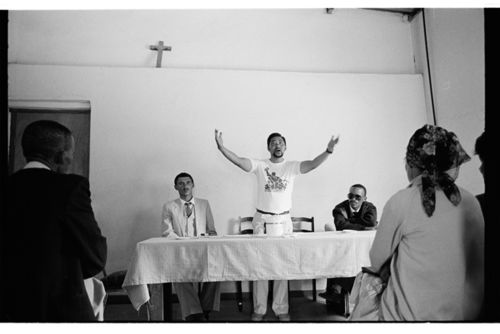“I am interested in making large-scale paintings that can be used in public places with imagery that is totally accessible to everyone.”
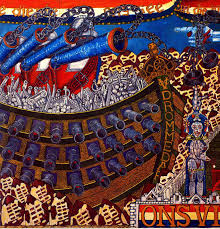
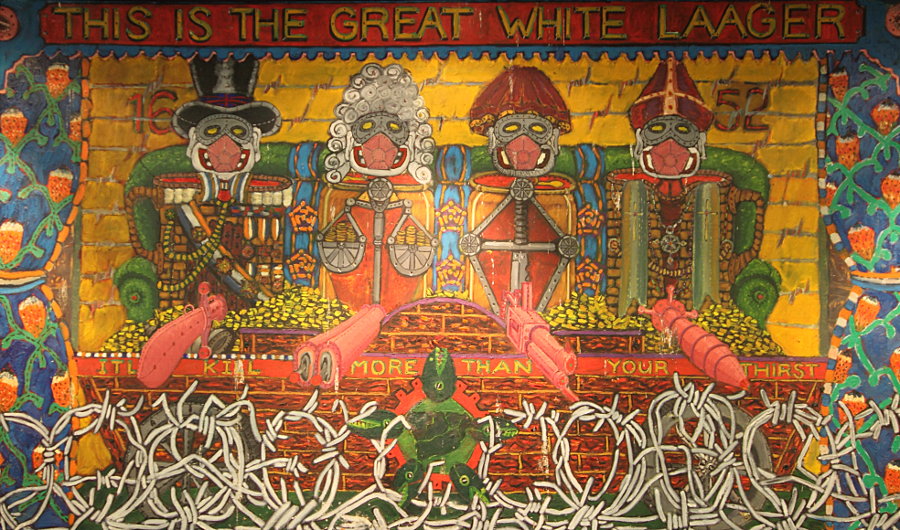
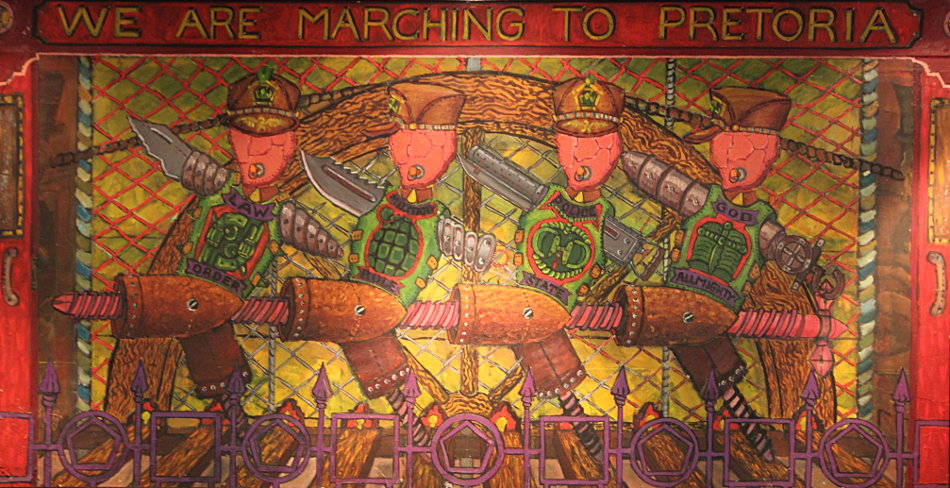
Paul Grendon was a prolific photographer and artist that used his art as a medium to shed light on the political struggles of the time. His work will go on to leave a deep and impressionable mark not only on South African artists, but on South Africans as a whole.
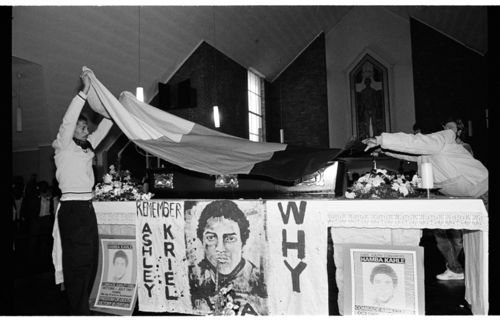
Paul was born in the mother city of Cape Town, in the Western Cape, in 1954. At first Paul went to study architecture at the University of Cape Town. He was well into his fourth year and close to obtaining his degree when he decided to discontinue his architectural degree to study Fine Art. He received a Diploma in Fine Art from the Michaelis School of Fine Art at the University of Cape Town in 1982. Paul majored and went on to do his masters in painting. In the end, he did not finish his masters despite its imminent completion, as had been the case with architecture. Nevertheless, his interest in the medium of photography was born.
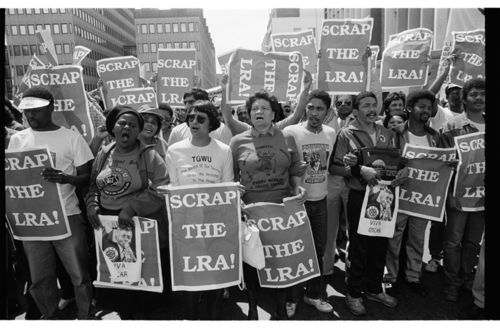
After completing his studies at UCT, Grendon joined and became a contributing member of the collective photographic agency Afrapix in Johannesburg. Later, Paul, Graham Goddard and Chris Ledochowski established darkrooms at Roodehek Studios in Cape Town. Paul went on to document the struggle of the Apartheid-era in which members of the community were trying to regain land in Namaqualand, as well as the ANC campaign for the first democratic elections in 1994. Paul was involved in multiple disciplines at Community Arts Project in Chapel Street, Cape Town, and at Community House, as well as numerous other organisations.
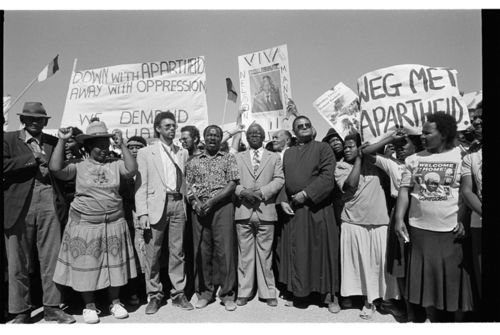
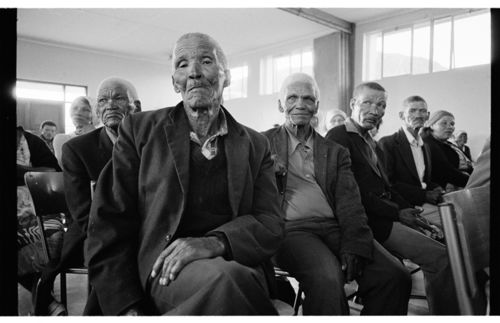
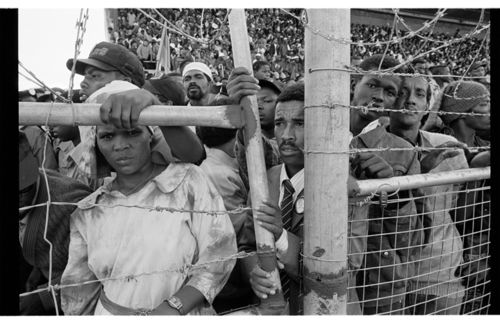
His mural Ons vir Jou, Suid Afrika, (We Are for You, South Africa) is a twelve metre long painting which depicts the entire sweep of South African History. It is in reference to the national anthem Die Stem, and mimics Mexican muralists from the 20’s in the representation of the history of an oppressive and divided South Africa. It depicts South African history from the arrival of the first ships, through the Great Trek, to the exploitation of the land and the mineral resources of the region by capitalist interests. The original mural was 14 m long. Paul gave away 2m of this artwork to some of the homeless in Cape Town to line their shacks with.
His painting Ons vir Jou, Suid Afrika was featured in Sue William's book, Resistance Art in South Africa (1989)
In 2016, Paul Grendon participated in an exhibition titled: Usakos – Photographs Beyond Ruins: The Old Location Albums, 1920s to 1960s. The resonances of the old location photographic collections in the past, present and future are taken up in the exhibition through the work of photographer Paul Grendon. Grendon´s camera follows the traces and layers of Usakos´ experience of colonialism and apartheid that remain visible in the physical and social landscape of the town: it exposes ruins of the old location houses, maps out a decaying railway infrastructure, but also explores the many ways in which residents of Usakos have and continue to relate to their environment and turn spaces of ruination into places of belonging.The exhibition consisted of mobile panels on which are printed black & white photographs selected from the women’s collections and colour photographs by Paul Grendon.
His documentation of land struggles of Namaqualand has been internationally recognised.
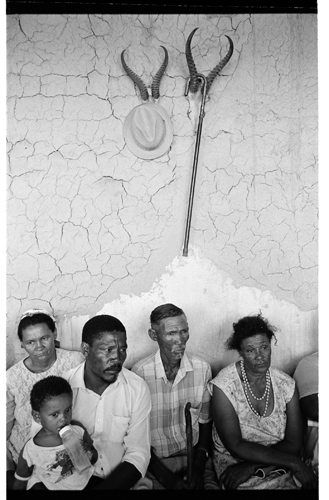
The Granta Art Magazine has an article by Marxist John Berger, "Means of Transport", where he comments on the photography of Paul which he described as a means to transport the viewer through space and time to critical events unfolding in the struggle against the old order.
Paul's photo essay makes up Chapter 2 of the book, "Hostels, Homes, Museum: memorialising migrant labour past in Lwandle, South Africa". His painstaking reconstruction of a migrant labour hostel dwelling is still on display at Lwandle Migrant Labour Museum.
He was part of a collective of artists that painted murals at Community House in Salt River, where his style and vision is still on display along with enlarged photo images of marches of dockworkers and unemployed-employed worker unity in struggles against the Labour Relations Amendments in 1988.
His last unfinished work was on the military brass bands of Cape Town, that hark back to the 1800's.
Always brimming with enthusiasm and energy he continued his selfless activist work at District Six museum with his beloved partner Tina Smith, right until his passing.
Exhibitions:
Painting in South African National Gallery permanent collection.
1980 - 1989 “Dis Ons Land, Maar Nie Ons Land Nie” touring exhibition.
1985, “Art for peace”, Cape Town.
1986, “South Africa in conflict”.
1986, “Towards a Peoples Culture Festival”.
1987, “Children on the Frontline”, Harare.
1994, "This land is our land", Tatum Art Gallery (with Paul Weinberg, Cedric Nunn and Santu Mofokeng)
1996 “Ikapa Festival”, Cape Town.
